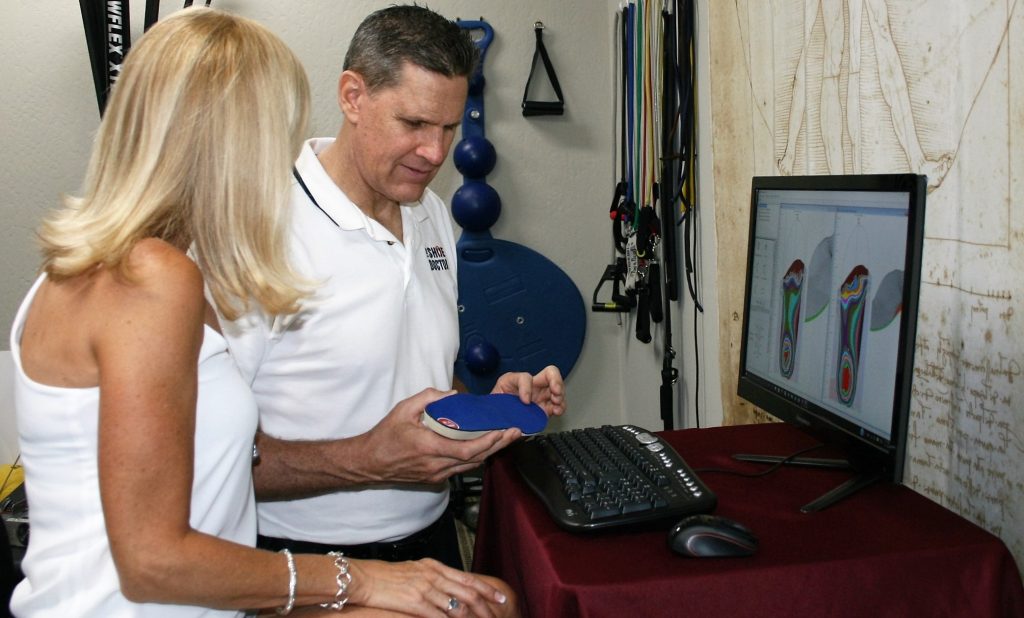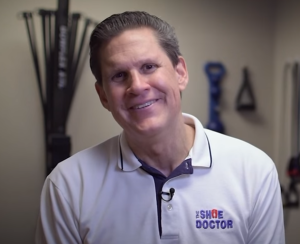If you’re in the market for a new pair of shoes, you may want to consider orthopedic shoes. Orthopedic shoes are designed to provide support and stability for your feet and can help relieve pain caused by various foot conditions. In this article, we will discuss the basics of orthopedic shoes, including what they are, how they work, and who should wear them. We’ll also provide a few tips on how to choose the right pair of orthopedic shoes for your needs.
The Basics of Orthopedic Shoes
- Shoes with an orthopedic design are purpose-built to offer the foot and ankle more support and stability. People who have issues with their feet or who are at a higher risk for injury should pay particular attention to this.
- You can choose the pair of orthopedic shoes that are ideal for your requirements from the wide range of available styles. You have a selection of footwear options, including dress shoes, sneakers, sandals, and more.
- Orthopedic footwear is crafted from long-lasting materials of the highest possible quality. In fact, they might even be more long-lasting than conventional footwear.
- Even though the cost of orthopedic shoes is typically more than the cost of other types of shoes, the investment is well worth it. They will not only assist you in feeling better, but they can also protect you from experiencing other injuries in the future.
- If you feel you might benefit from wearing orthopedic shoes, it is vital that you seek the advice of a podiatrist or another qualified medical practitioner in order to locate the orthopedic footwear that is most suited to your needs. They will be able to provide you with guidance on the most appropriate style and dimension for your requirements.
Tips to Choosing the Right Pair of Orthopedic Shoes:
- Make sure to get fitted by a professional. When it comes to orthopedic shoes, one size definitely does not fit all. From narrow to wide, low-top to high-top, and everything in between, there’s a huge range of options available. And while you may be tempted to just go with whatever looks the nicest or is on sale, it’s important to make sure that your shoes fit properly.
- Consider your needs and activities. When it comes to orthopedic shoes, it’s important to consider your specific needs and activities. For instance, if you have arthritis, extra cushioning can help alleviate pain and discomfort. On the other hand, someone with plantar fasciitis may benefit from a shoe with added arch support. It’s also important to think about the type of exercise you’ll be doing; a runner may need a shoe designed for shock absorption, while a walker may prefer something with stability features.
- Choose the right material. When shopping for orthopedic shoes, you’ll often come across a variety of materials. Leather is a popular choice for its durability and stylish look, but it can also be heavy and not as breathable. On the other hand, mesh options offer plenty of ventilation but may not withstand wear and tear as well.
- Consider the height of the heel. Consider getting a shoe with a modest heel height if you’re seeking for a dressier pair of shoes to wear. If you feel like you could benefit from additional support, look for shoes with a higher heel height.
- Check the closure type. Orthopedic shoes come with a variety of closure types, such as laces or Velcro straps. Choose the type that is easiest for you to use.
- Make sure there is enough room in the toe box. Orthopedic shoes often have a wider toe box to accommodate swollen feet or toes. Make sure there is enough room for your feet to move freely and comfortably.
- Get used to them slowly. It may take some time to get used to wearing orthopedic shoes, so start off slowly by wearing them for short periods of time at first.
Orthopedic shoes have come a long way in recent years. No longer are they the clunky, ugly shoes of yore. In fact, orthopedic shoes today can be quite stylish and may even go unnoticed as such. But don’t let their good looks fool you – these shoes are serious business when it comes to supporting your feet and alleviating foot pain. Let’s take a closer look at what orthopedic shoes are, how they work, and who should wear them.
Remember, The 3 Arches of Your Feet Still Need Support!
Maybe you have already felt the first symptoms of balance disorders or you want to prevent them from appearing in the first place. Consider getting a foot orthotic device or simply take care of your feet. Start by washing them thoroughly with a gentle soap whenever you take a shower. Being a very complex support system, your feet are your first line of defense against balance-related issues, since their arches provide you with the stability you need in your daily life. It’s time to put your foot down and push back against balance issues. With both feet on the ground, dedicate yourself to keeping them comfortable and healthy. Give us a call and we will scan your feet to make you custom orthotic inserts.
The Shoe Doctor has specialized in providing custom orthotics for 20 years. The right orthotic insoles can greatly reduce foot, knee and hip pain while increasing performance and comfort. Russell at The Shoe Doctor will help educate and assist you in finding the perfect solution for your particular situation. We will create a 3D map of your feet and make custom orthotics for your hiking boots, everyday shoes, and everything else in between. These orthotics, along with our expert advice, will get you using orthotics like a pro, and have you performing at the peak of your abilities in no time! If you are in the San Francisco Bay Area, give The Shoe Doctor a call to get the best custom orthotics in the area! We are here to assist you, schedule your free consultation here!
Disclaimer
The materials available on this website are for informational and entertainment purposes only and not for the purpose of providing medical advice. You should contact your doctor to obtain advice with respect to any particular issue or problem. You should not act or refrain from acting on the basis of any content included in this site without seeking medical or other professional advice. The information presented on this website may not reflect the most current medical developments. No action should be taken in reliance on the information contained on this website and we disclaim all liability in respect to actions taken or not taken based on any or all of the contents of this site to the fullest extent permitted by law.


